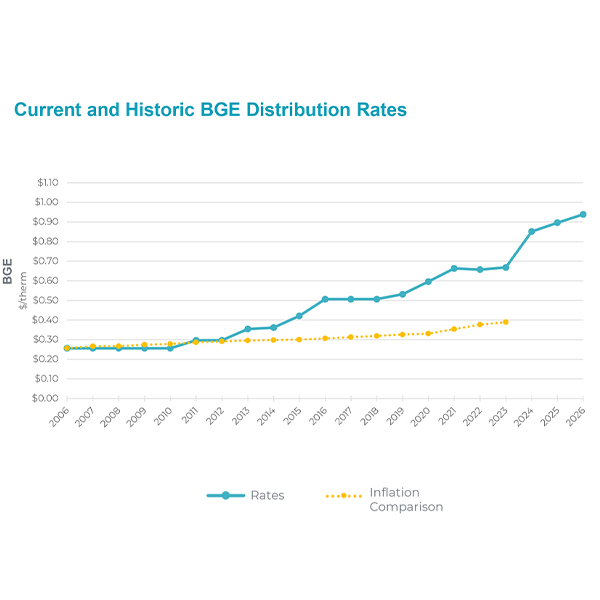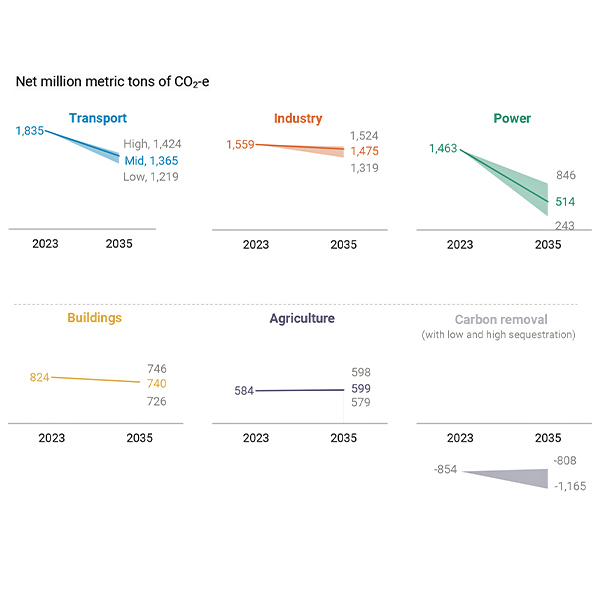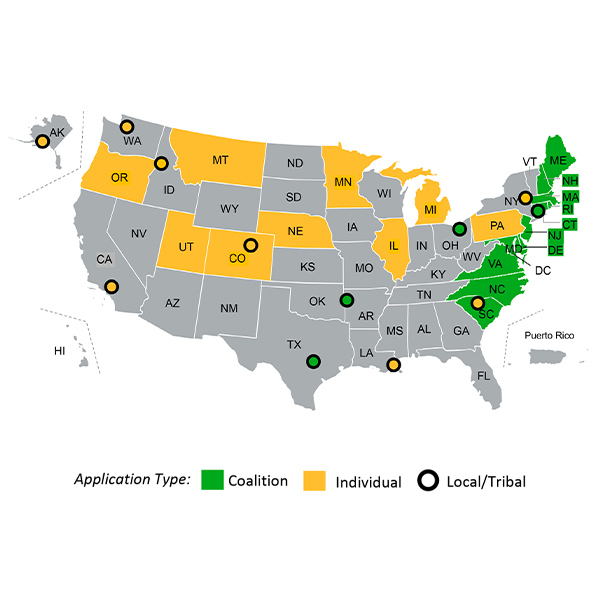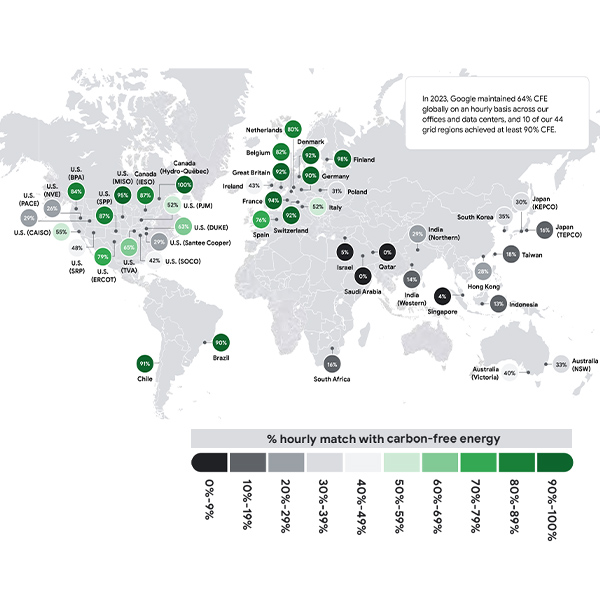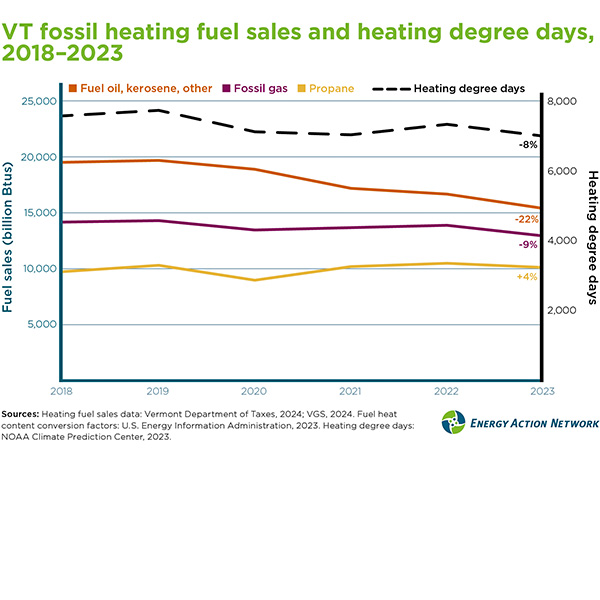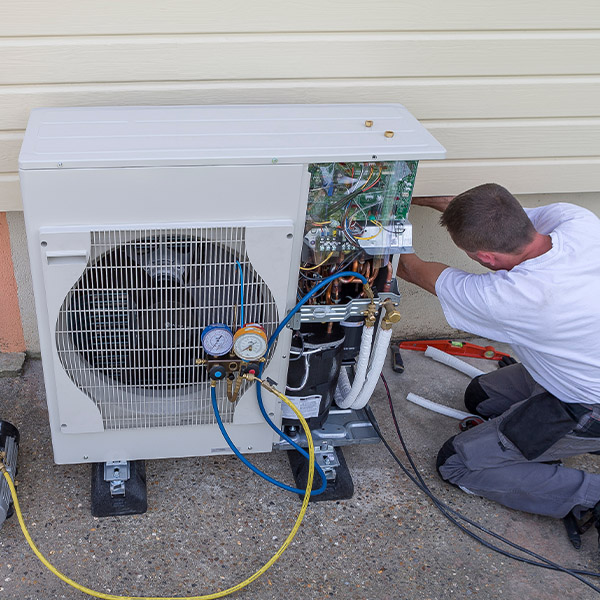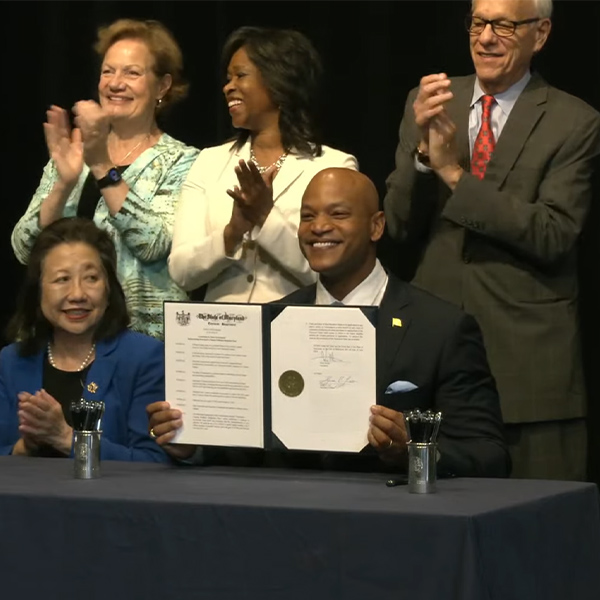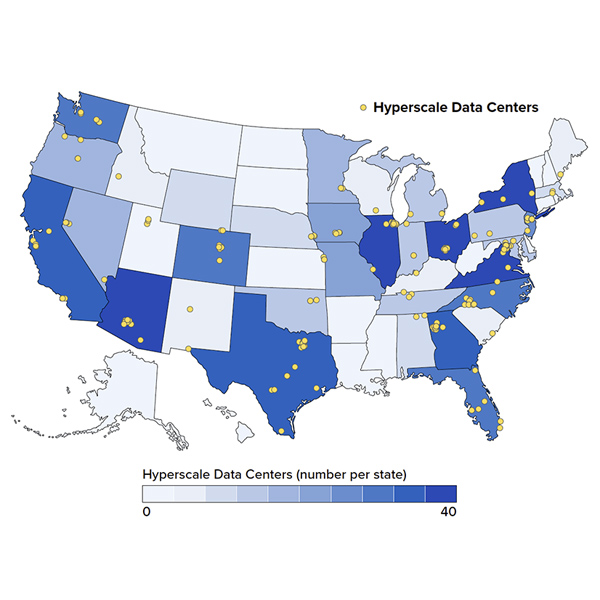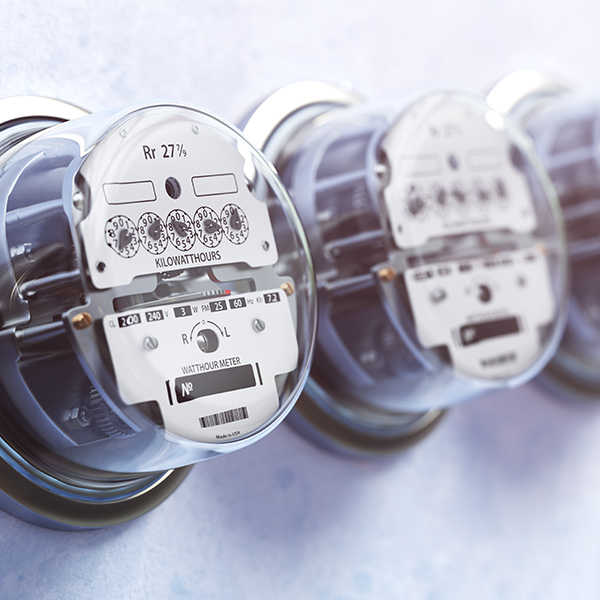Building Decarbonization
The OPC petition also warns of the possibility of a gas utility "death spiral" as customers electrify their homes and drop off the system, leaving a diminishing base of customers to cover system costs through higher rates.
The Rhodium Group’s annual update of its "Taking Stock" report finds that U.S. GHG emissions were 18% lower in 2023 than in 2005 and estimates they will be 32 to 43% lower in 2030.
Pennsylvania will use its $396.1 million Climate Pollution Reduction Grant on a statewide initiative to cut greenhouse gas emissions from industrial buildings through incentives for energy efficiency and emission-reduction technologies.
Google's 2023 emissions totaled the equivalent of 14.3 million tons of carbon dioxide, a 48% increase over 2019. It expects further increases before dropping to its emission reduction target of net zero by 2030.
Vermonters are using less fossil fuel for heat in recent years, partly because winters have been trending warmer but also because more buildings are relying on electric heat pumps.
A bill that would require New Jersey utilities to offer building electrification incentive programs sparked more than two hours of heated debate.
Artificial intelligence may be driving new energy demand from hyperscale data centers, but it could also help find new solutions to meet that demand.
Maryland Gov. Wes Moore (D) signed a sweeping executive order calling for the state to establish a zero-emission heating equipment standard and a new clean heat standard to be added to the state’s Renewable Portfolio Standard.
The burgeoning power demand from data centers and artificial intelligence can be met by other means than new natural gas-fired power plants, according to a new report from the Electric Power Research Institute.
ACEEE published a paper showing how states can maximize the impact of federal funds for home energy retrofits.
Want more? Advanced Search
